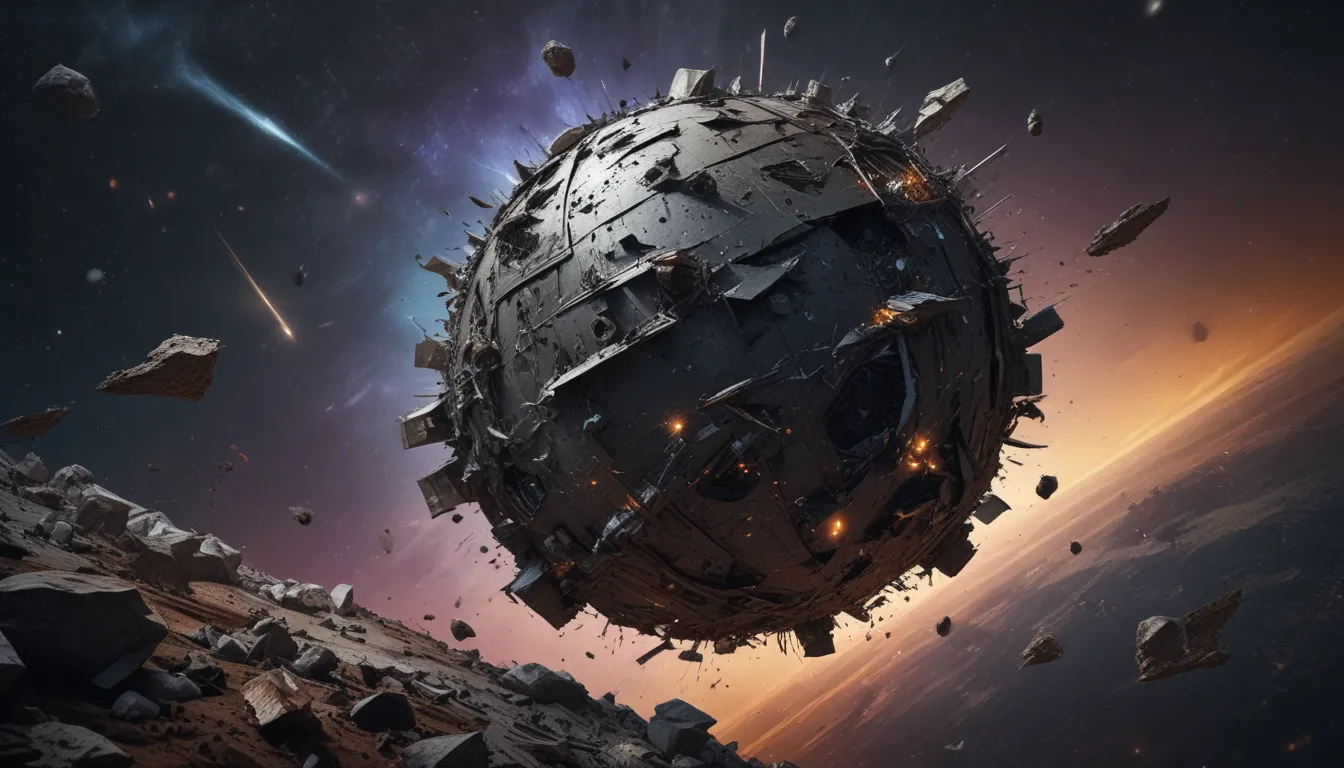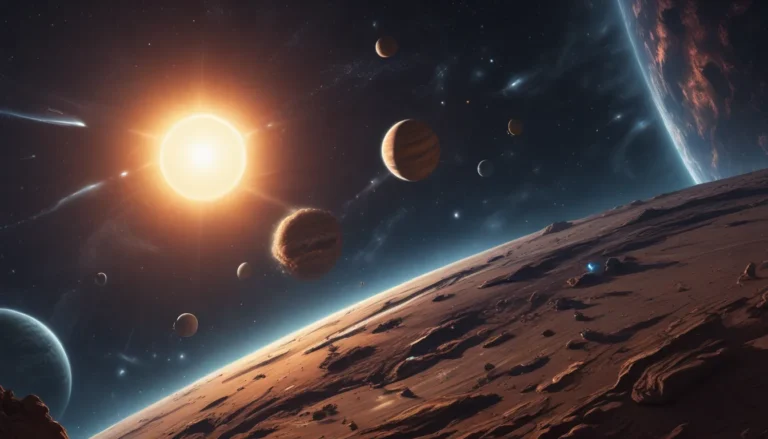The pictures we use in our articles might not show exactly what the words say. We choose these pictures to make you interested in reading more. The pictures work together with the words but don’t take their place. The words still tell you the important facts.
Space debris, also known as space junk, has become a pressing concern as human activities in space continue to grow. With thousands of defunct satellites, spent rocket stages, and debris from collisions orbiting the Earth, the need for space debris remediation is more crucial than ever. In this comprehensive guide, we will delve into the complexities of space debris remediation, exploring innovative solutions and technologies being developed to address this growing issue.
Understanding Space Debris
Space debris, or space junk, refers to the accumulation of defunct objects orbiting the Earth. These objects pose a significant risk to current and future space missions, including satellites and manned spacecraft, due to the potential for collisions.
The Origin of Space Debris
Space debris originates from various sources, such as satellite explosions, intentional destruction, and accidental collisions. Over time, this accumulation of debris has created a hazardous environment in space.
The Magnitude of the Problem
Currently, there are over 128 million pieces of trackable space debris larger than 1 cm in size, with countless smaller fragments. The sheer volume of debris presents challenges for ensuring safe space exploration and satellite operations.
The High-Speed Danger: Orbital Velocity
Space debris orbits the Earth at tremendous velocities, reaching speeds of up to 28,000 kilometers per hour. Even small pieces of debris can cause significant damage to operational spacecraft at such high velocities.
The Risk to Satellites and Spacecraft
Satellites and manned spacecraft are at risk of collisions with space debris, leading to mission failures and potential loss of human life. Protecting these critical assets is a primary motivation for space debris remediation efforts.
Strategies for Space Debris Remediation
The 'De-Orbit' Solution
One approach to space debris remediation involves the 'de-orbit' strategy, which aims to maneuver satellites and defunct objects to re-enter Earth's atmosphere for safe disposal.
Active Debris Removal
Active debris removal entails capturing and removing space debris from orbit. This approach seeks to reduce the number of dangerous objects in space and mitigate collision risks.
Innovative Capture Methods
Various technologies, such as nets, harpoons, robotic arms, and spacecraft equipped with grappling mechanisms, are being developed to capture and remove space debris effectively.
The Role of Ion Thrusters
Ion thrusters, utilizing electric propulsion, are being employed in space debris remediation efforts to provide precise maneuvers for capturing and de-orbiting debris efficiently.
Collaborative Efforts: International Cooperation
Space debris remediation requires collaboration and coordination among organizations like NASA, ESA, and other space agencies worldwide. These collaborative efforts aim to develop strategies and technologies to address the space debris problem.
The Challenges of Space Debris Tracking
Accurate tracking of space debris is essential for effective remediation. However, tracking small and fragmented objects in space presents challenges that require advanced sensor systems and data processing techniques.
The Future of Space Debris Remediation
Ongoing research and development in space debris remediation continue to drive innovation in technologies and strategies to address the growing issue of space debris. It is crucial to tackle this problem to ensure the long-term sustainability of space exploration and satellite operations.
The Importance of Space Sustainability
Space debris remediation is essential for creating a sustainable space environment for future generations. Preserving the integrity of space and protecting critical infrastructure orbiting the Earth is a responsibility that benefits humanity as a whole.
The Collaborative Cleanup Efforts
International efforts are underway to develop comprehensive space debris remediation strategies through collaboration, innovation, and responsible space practices. These endeavors aim to mitigate the risks posed by space debris and promote a safer and more sustainable future in space.
Conclusion
In conclusion, space debris remediation is a critical aspect of space exploration, addressing the risks posed by the accumulation of space debris in Earth's orbit. By developing innovative solutions and technologies, we can ensure the safety and sustainability of space activities for future generations. Through collaborative efforts and advancements in technology, we can work towards a cleaner and safer space environment, benefiting humanity as we continue to explore and expand our presence in the universe.
FAQs about Space Debris Remediation
- What is space debris remediation?
-
Space debris remediation involves removing or mitigating the risks associated with space debris in Earth's orbit through various strategies and technologies.
-
Why is space debris a problem?
-
Space debris poses a significant threat to satellites, spacecraft, and astronauts by increasing collision risks and potentially causing damage to valuable assets.
-
How does space debris remediation work?
-
Space debris remediation can be approached through active or passive methods, involving capturing and removing debris using technologies like robotic arms, nets, harpoons, and lasers.
-
Who is responsible for space debris remediation?
-
Space debris remediation is a shared responsibility among space agencies, governments, and the international community, requiring collaborative efforts to implement effective strategies.
-
What are the challenges of space debris remediation?
- Challenges include the vast number and diversity of debris objects, developing cost-effective technologies, international cooperation, legislation, and funding.
Space debris remediation is a critical and fascinating field that requires continuous innovation and collaboration to ensure the safety and sustainability of space exploration. By understanding the intricacies of space debris remediation, we can appreciate the importance of addressing this issue for the long-term viability of our activities in space. Let's work together to create a cleaner and safer space environment for future generations.






